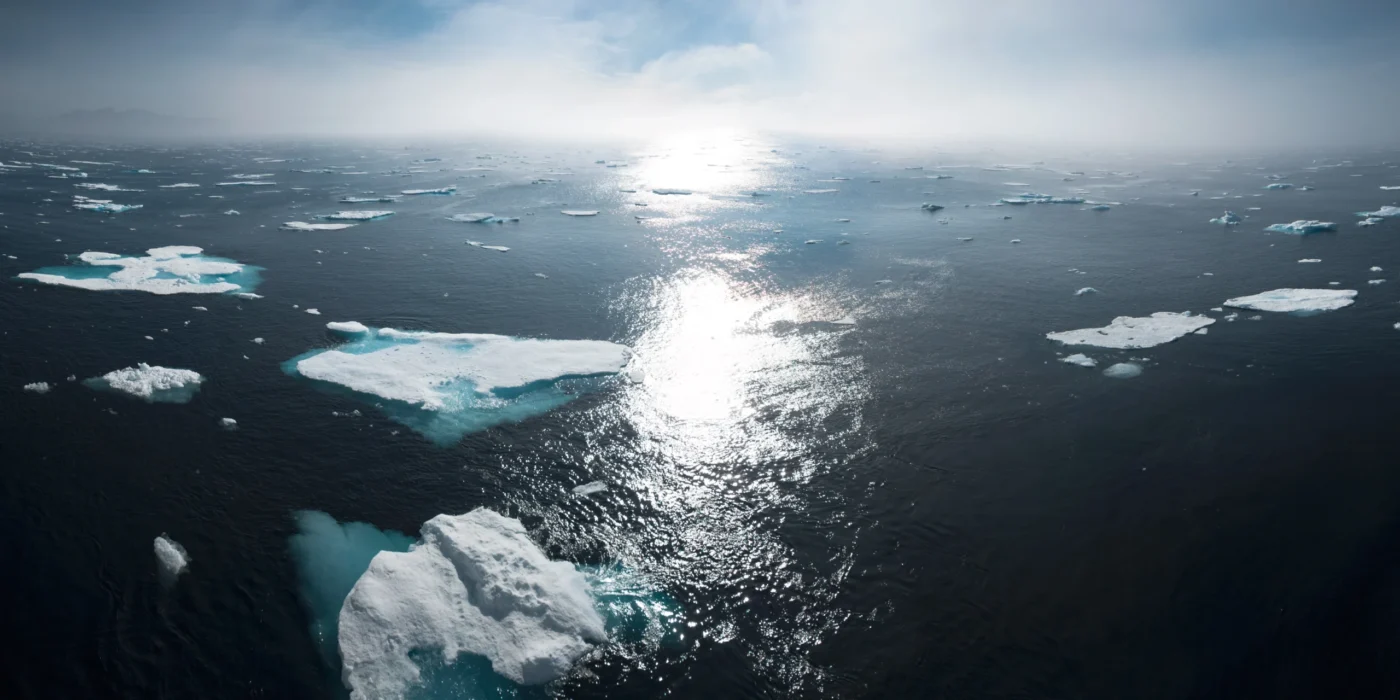Climate Change Adaptation: Strategies for Resilience and Long-Term Sustainability

Climate change is happening at an alarming rate, and it is no longer a distant problem that we can ignore. It is affecting us right now, and we must take steps to prepare for the inevitable impacts of climate change. We need to adapt to the changing climate to protect ourselves, our communities, and our planet. In this article, we will explore some strategies for preparing for the inevitable impacts of climate change.
Assessing Risks
The first step in preparing for the inevitable impacts of climate change is to assess the risks. This involves identifying the potential impacts of climate change on your community and the risks associated with these impacts. Some of the potential impacts of climate change include sea-level rise, increased frequency and intensity of storms, droughts, and heatwaves. By identifying these risks, you can develop a plan to mitigate their impact.
Developing Adaptation Strategies
Once you have identified the risks associated with climate change, the next step is to develop adaptation strategies. These strategies should be tailored to the specific needs of your community and should focus on building resilience to the impacts of climate change. Some adaptation strategies that can be implemented include:
- Developing green infrastructure: Green infrastructure, such as parks and green spaces, can help to absorb excess water during heavy rain events, reduce the urban heat island effect, and provide habitat for wildlife.
- Investing in renewable energy: Investing in renewable energy can help to reduce greenhouse gas emissions and mitigate the impacts of climate change.
- Improving water management: Improving water management, such as increasing water storage capacity and promoting water conservation, can help to mitigate the impacts of droughts and floods.
Building Community Resilience
Building community resilience is also an important aspect of preparing for the impacts of climate change. This involves engaging the community and developing partnerships with stakeholders to build a shared understanding of the risks and the strategies that can be implemented to mitigate these risks. It is also important to promote social cohesion and to develop community networks that can help to support vulnerable individuals and groups during times of crisis.
FAQs
Q: What is climate change adaptation?
A: Climate change adaptation involves taking steps to prepare for the inevitable impacts of climate change. This includes assessing the risks associated with climate change, developing adaptation strategies, and building community resilience.
Q: Why is climate change adaptation important?
A: Climate change is happening at an alarming rate, and its impacts are already being felt around the world. By preparing for the impacts of climate change, we can protect ourselves, our communities, and our planet.
Q: What are some examples of adaptation strategies?
A: Adaptation strategies include developing green infrastructure, investing in renewable energy, improving water management, and building community resilience.
Q: Who is responsible for climate change adaptation?
A: Climate change adaptation is the responsibility of everyone, including individuals, businesses, governments, and communities. We all have a role to play in preparing for the impacts of climate change.
Reference Links :
Green Infrastructure | Climate Adaptation Knowledge Exchange


